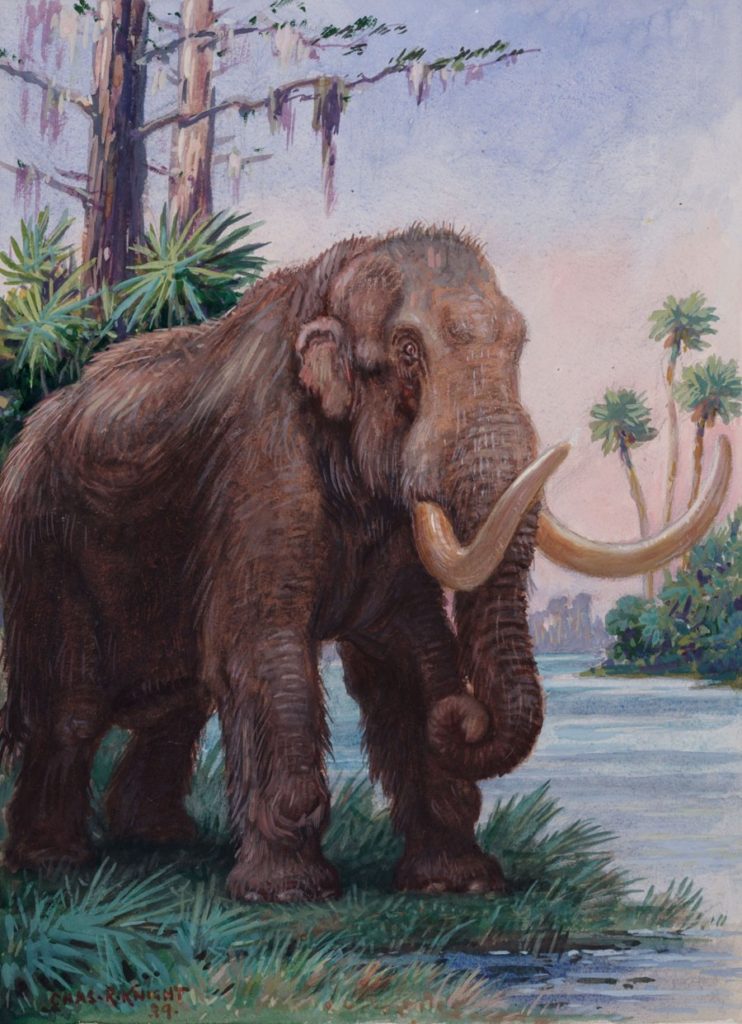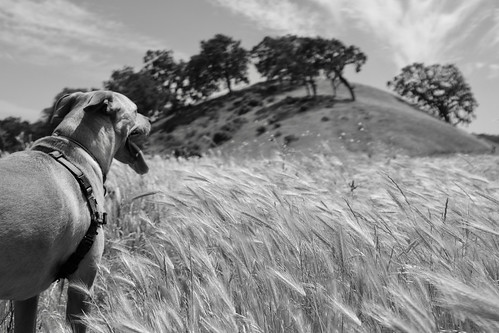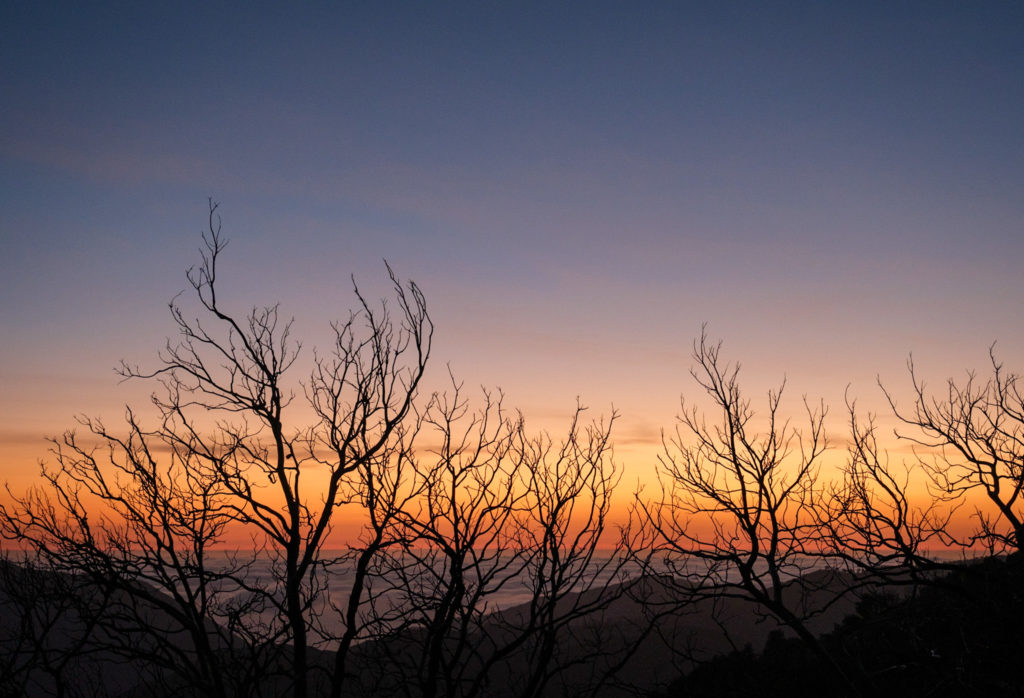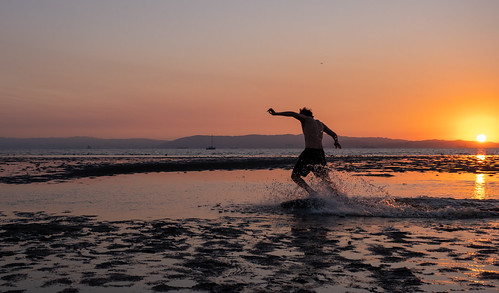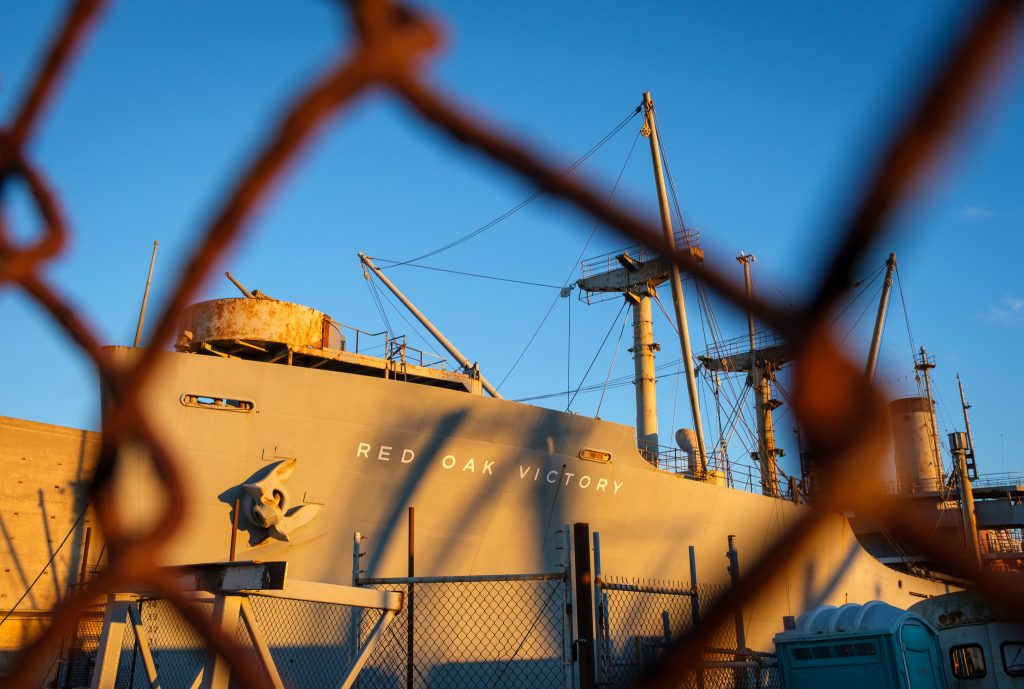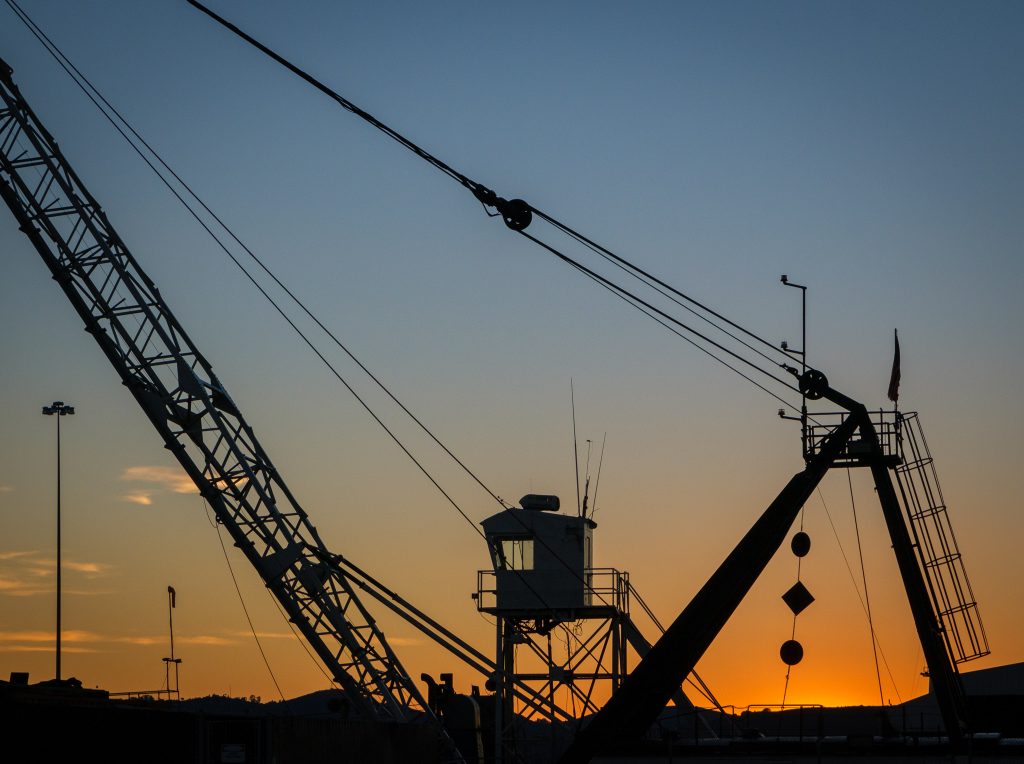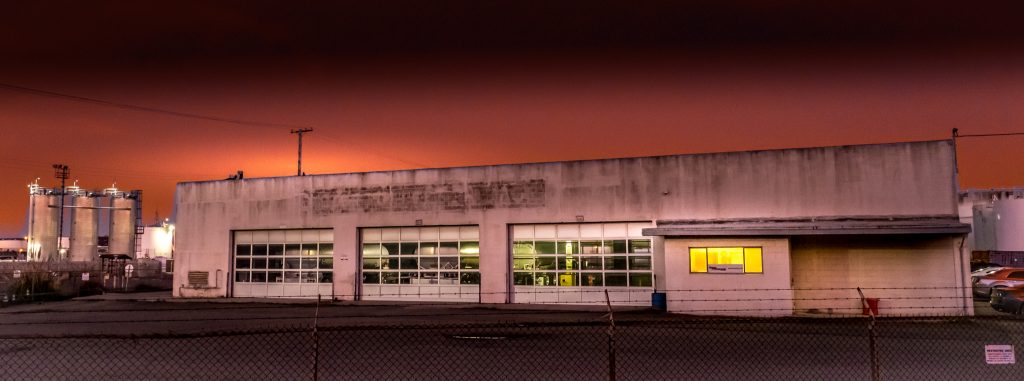A while back I promised to write a post describing what I do by day at Energy Solutions, so here goes (with a small twist at the end). But it requires a bit of setup.
State governments often make pledges like “We’re going to reduce our carbon footprint 15% by the year 2020.” To make that happen, they put up a big pile of money and entrust it to power companies, since they understand the energy world. The utilities come up with with incentive programs to do things like encourage hospitals and schools to replace old HVAC systems with newer, more energy efficient ones, or for building contractors to replace lighting systems with smart ones that know when no one is home (to give a couple of examples). They work with organizations like the California Public Utilities Commission to come up with “Measures” — ways to evaluate what kind of equipment saves how much energy in a given climate zone, etc.
It turns out that actually getting a program like that off the ground is hard. There are literally millions of pieces of equipment out there that use energy in some way, and a dizzying variety of ways to measure energy savings. There are millions of buildings in the United States, under the jurisdiction of dozens of utilities. How do you devise an incentive program that’s fair to all, and that actually works? How do you prove that a person claiming an incentive is actually entitled to it? How do you measure the efficiency of a given heat pump or ballast or EV charger relative to its usage in a school, or apartment complex, or whatever? How do you ensure the system isn’t abused, and that the equipment was actually installed? How do you compare the attributes of the relevant Measures against the properties of all that equipment (complex queries at scale)? How do you make sure the person is claiming for the best possible program? And so on.
So the utilities hire a consultancy to design and run the program, write all of the logic that makes the magic happen, and build a web interface and batch processing system to handle all of the data and logic? My company, Energy Solutions, employs experts in every tiny corner of the energy industry, and is one of only a few organizations in the country that knows how to do this sort of thing.
Historically, the company created custom code for each new program (madness!). Four years ago, I was hired to help design and build a meta-system, configurable in every dimension, to host many domains running many programs, on top of all that ever-expanding data. While my personal history is mostly in making content management systems for journalists and academia, this job is different – the website is just a very thin layer on top of the most complex software I’ve ever worked on.
My expertise is in Python, and my framework speciality is Django. Over time, we started adding developers, and I’m now the Codebase Lead for a team of developers who report to a very large (too large?) group of stakeholders. I’m responsible for the quality, security, and performance of the codebase and the system. I do all of the code review, work with the ops team, and spend a little too much time in meetings talking about how to implement the Next Big Idea. So I spend my days bouncing between code, github, Slack conversations, and meetings.
And it’s stressful. For the past few years, I’ve fooled myself that things would settle down and get easier in a few months. But as soon as we solve one hard problem, three more pop up to take its place. I finish my days aching to get away from the computer and hit the trail. In the evenings, I’m brain-drained for hours. Lately I’ve been feeling the need to juggle fewer balls, to do something more focused. I’m honored to function as Codebase Lead, but honestly in need of a break. Recently, another opportunity came up in the same company, and I’ve just made the decision to transition to a different-but-related project. Not fooling myself it’ll be easy, but it should definitely be more focused and have fewer moving parts.
I’m proud of what we do – Energy Solutions does a lot more than just run the project I described there – we’re just a little corner of the company. All-told, ES saves more energy in the U.S. than the state of Alaska consumes (that stat was from four years ago – I’m sure it’s much more now). And they have their sights set high. With the Biden administration’s climate goals shaping up, there’s going to be way more to do in coming years.
A little while ago, I was running a conversion process on some data, watching it all roll by as it ran, and it struck me (should be obvious, but we get sucked in by architecture challenges and lose sight of the bigger picture): This isn’t just a few seconds worth of data – this is energy that was NOT used because of what we do, what we’ve built together. The stress is worth it – we’re making a difference not by talking about the importance of carbon reduction, but by making it happen.
